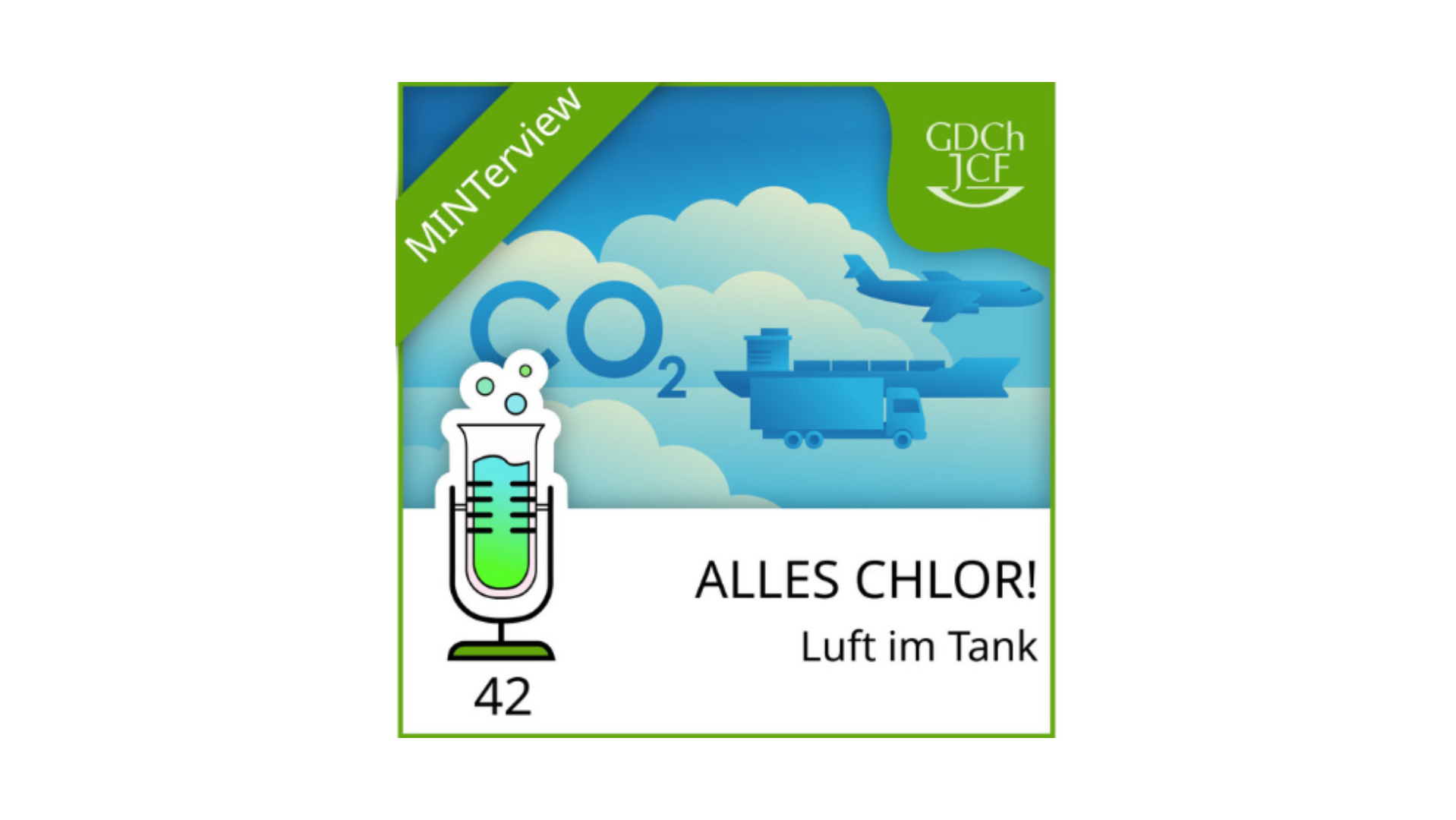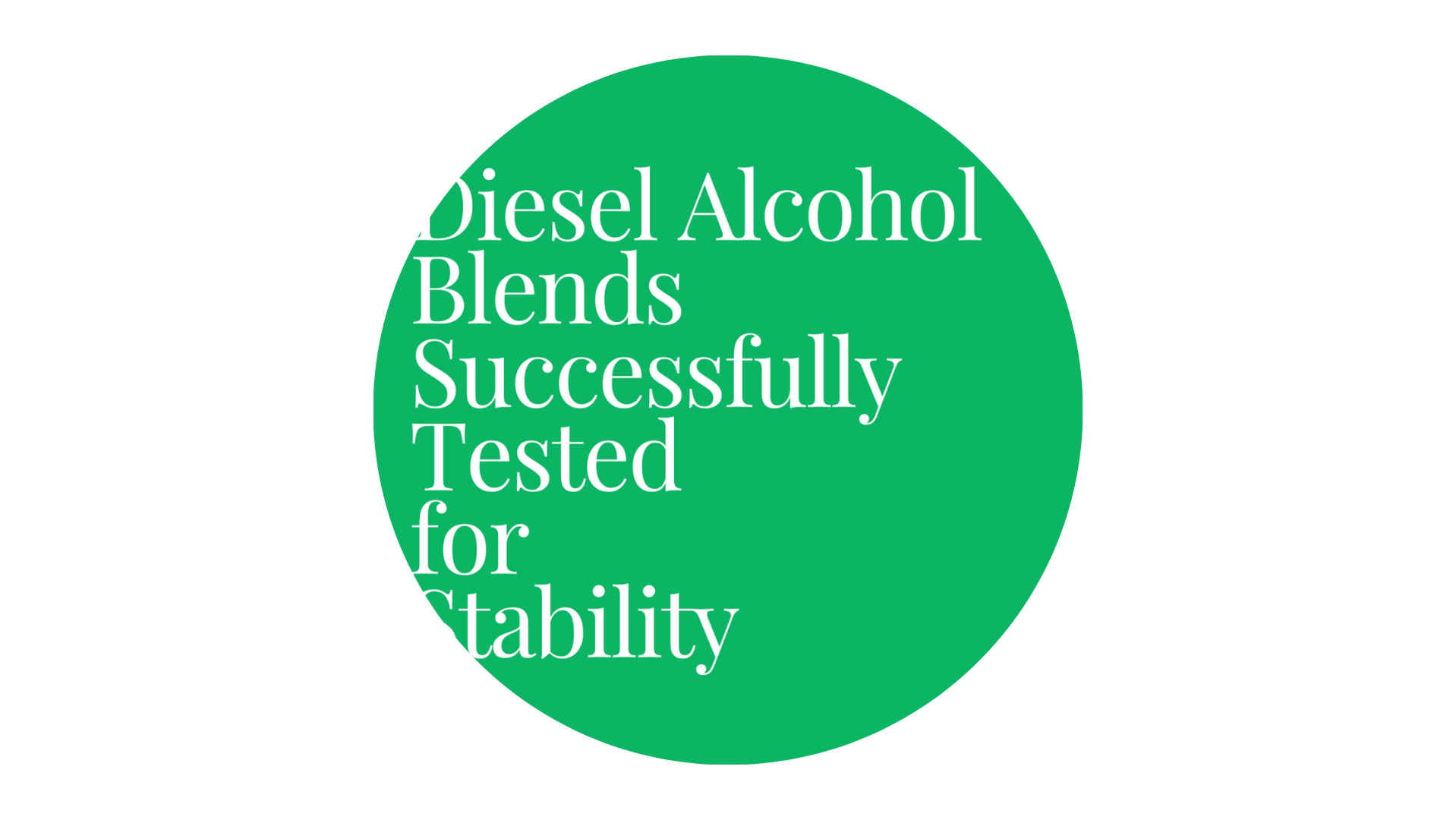The actors in the R&D ecosystem find themselves facing the “European Paradox[1]“, according to which the research system encounters difficulty in translating scientific advancements into market-ready and user-friendly solutions. We are therefore faced with thousands of research projects funded by public funds, which have developed significant and numerous results, of which only a few have been used, thus failing to fully unleash their transformative potential in terms of social, economic, and scientific impact/value. Experience shows that this transformative potential can only be realized through effective use of the results, enabled by the implementation of exploitation and dissemination activities.
Sometimes, this paradox is also generated by the tendency to conceive the strategies for using results downstream of the research processes and not in consistence with the development of new solutions. All of this creates a gap between the challenge and its response. To bridge this gap, initial steps have been taken at the European level, where the guiding principles for the implementation of Horizon Europe[2] directly connect the maximisation of impacts (scientific, social, and economic) to the implementation of exploitation, dissemination, and communication activities, in synergy with other programmes and initiatives as well. In this process, which we can also attempt to apply to projects funded under Horizon 2020, such as ECO2Fuel, it becomes clear how the use of knowledge developed through publicly funded research plays a crucial role in enabling systemic transformations and mobilising associated benefits. Maximizing the long-term effect of investments in R&I involves all actors in the value chains and requires that research results become solutions capable of generating economic, social, and scientific value.

The Challenge
Citizens expect research to be a driving force in the transition towards a greener economy and a more equitable society. For this to happen, research results must be made available and used. It is the responsibility of the research community to actively participate in this process, ensuring that the knowledge developed transforms into solutions that bring value and benefits at the social, economic, and scientific levels. Alongside scientific excellence, the exploitation of research results, dissemination, and communication complete the innovation potential of research. They form the foundation on which scientific excellence rests, enabling the use, adoption of innovation, and its acceptance by potential users and citizens who will be informed, made aware, and ready to support ongoing processes.
The recent example of the fight against the Coronavirus has demonstrated the crucial role of research and innovation (R&I) in bringing benefits to our societies, making them resilient, and supporting the recovery of our economy. Only through the use of these new solutions can they become the driving force in overcoming this challenge. Without a predefined utilisation of results through exploitation and dissemination trajectories, it will not be possible to transform the outcome into benefits and, therefore, impact.
A (possible) SOLUTION: The problem-based approach
The need is to make available solutions (research results) that best address/solve the needs/problems of a specific target (explicit or latent), shortening the development cycles of solutions (products, services, etc.), optimizing the use of available resources, and evaluating whether a proposed usage model is feasible or not. Experience suggests that a good response to this need is offered by the Lean Startup approach[3]. This approach combines hypothesis-based experimentation and product testing to validate the result, involving the early potential adopters of the solution: the “early adopters”[4].
An important partner
The “early adopters” being guided by the problem include those who will adopt the solution starting from the development phase. This way the risk that the misalignment between demand and supply of “solutions” generates failure and undermines our expectations is minimised. Therefore, it is important to identify the problem bearers (the target group for exploitation and dissemination): the so-called “early adopters[5]“.

The next step is to move from this initial nucleus of adopters to an “early majority”. In this growth process, it is noticeable how many innovators fail to reach the “early majority” because they are unable to engage the “early adopters” correctly, thus blocking a virtuous and sustainable process of solution adoption.” The “early adopters” are thus the bridge that allows the transition from the laboratory to the “early majority,” representing the “market.” They are the ones to involve from the beginning of the research activity design phase and subsequently in the testing and validation phases of assumptions and the solution itself. This will enable us to prepare a plan for the use of the result and for any progress in terms of Technology Readiness Level (TRL).
This process is precisely what ECO2Fuel is implementing right now in its journey towards to use and impact. Currently, ECO2Fuel partners have identified Key Exploitable Results (KERs), and a problem-oriented characterization path has been undertaken. Its first crucial moment starts from January 2024 with the celebration of the first Exploitation Strategy Seminar involving all partners developing the KERs. It intends to leverage them after the project’s completion. This will be a lengthy journey involving us throughout the project’s duration, but the goal is precisely to make ECO2Fuel’s results available to play a role in building economic, social, and scientific value at the European level.
[1] “Green paper on innovation” (PDF). Retrieved 2011-05-01.
[2] HE Programme Guide: V4.0 – 15.10.2023 – Pag. 10 – https://ec.europa.eu/info/funding-tenders/opportunities/docs/2021-2027/horizon/guidance/programme-guide_horizon_en.pdf or: https://ec.europa.eu/info/research-and-innovation/strategy/support-policy-making/shaping-eu-researchand-innovation-policy/evaluation-impact-assessment-and-monitoring/horizon-europe_en#monitoringhorizon-europe e https://ec.europa.eu/info/funding-tenders/opportunities/portal/screen/opportunities/horizon-dashboard
[3] Eric Ries – “The Lean Startup: How Today’s Entrepreneurs Use Continuous Innovation to Create Radically Successful Businesses – Crown Currency – Sept. 2011.
[4] Everett M. Rogers, Diffusion of Innovations, Free Press of Glencoe, Macmillan Company, 1962.
[5] Ibidem – It can be asserted that innovators are those who “utilise” the “alpha” version (2.5%, often an industrial partner in a research and development project); the “early adopters” are the customers ready to “use” the “beta” version (13.5%).






